Introduction
The abaya, a flowing garment often worn by women in many Islamic cultures, is a symbol of modesty and elegance. While rooted in tradition, the abaya has evolved to incorporate modern fashion trends, making it a versatile piece suitable for various occasions. In this article, we explore the rich history, diverse styles, and contemporary adaptations of abayas for women.
1. History of the Abaya
The abaya has a long and storied history that dates back centuries. Originating in the Arabian Peninsula, the abaya has been a staple of modest fashion for generations. Its primary purpose has always been to provide a covering that aligns with the cultural and religious values of modesty.
Evolution Through the Ages
- Ancient Times: Basic designs focused on functionality and modesty.
- Middle Ages: Introduction of decorative elements and varied fabrics.
- Modern Era: Fusion of traditional designs with contemporary fashion trends.
2. Traditional vs. Modern Abayas
The traditional abaya is typically black, simple, and elegant, often adorned with minimal embellishments. However, modern abayas come in various colors, fabrics, and styles, catering to diverse tastes and preferences.
Key Differences
- Traditional Abayas: Classic black, simple design, minimal embellishments.
- Modern Abayas: Varied colors, intricate designs, and use of luxurious fabrics.
3. Types of Abayas
Abayas are available in numerous styles, each suited to different occasions and personal preferences. From everyday wear to special events, there's an abaya for every need.
Popular Styles
- Classic Abayas: Simple and elegant, perfect for daily wear.
- Embroidered Abayas: Featuring intricate embroidery for a touch of luxury.
- Beaded Abayas: Adorned with beads and sequins, ideal for special occasions.
- Open Abayas: Designed to be worn open, often layered over other clothing.
4. Choosing the Right Fabric
The fabric of an abaya significantly affects its comfort and appearance. Common fabrics include crepe, chiffon, silk, and satin, each offering unique qualities.
Fabric Options
- Crepe: Lightweight and breathable, suitable for everyday wear.
- Chiffon: Sheer and elegant, often used for layered styles.
- Silk: Luxurious and soft, ideal for formal occasions.
- Satin: Smooth and shiny, adding a glamorous touch.
5. Embellishments and Decorations
Modern abayas often feature various embellishments, such as embroidery, beadwork, and lace, adding a touch of sophistication and personal style.
Decorative Techniques
- Embroidery: Intricate patterns and designs that enhance the garment's elegance.
- Beadwork: Sparkling beads and sequins for a festive look.
- Lace: Delicate lace trims that add femininity and grace.
6. Cultural Significance
The abaya holds deep cultural and religious significance for many women. It is not only a garment but also a representation of identity, modesty, and tradition.
Symbolism
- Modesty: Reflects the values of modesty in Islamic culture.
- Identity: Acts as a cultural and religious identifier.
- Tradition: Preserves historical and cultural heritage.
7. The Versatility of Abayas
One of the greatest strengths of the abaya is its versatility. It can be styled in numerous ways to suit various occasions, from casual outings to formal events.
Styling Tips
- Casual Look: Pair with minimal accessories and comfortable footwear.
- Formal Look: Opt for embellished abayas with elegant heels and jewelry.
- Layered Look: Wear open abayas over stylish outfits for a contemporary touch.
8. Custom-Made Abayas
Many women prefer custom-made abayas tailored to their specific measurements and preferences. This allows for a perfect fit and unique design elements.
Benefits of Customization
- Perfect Fit: Ensures comfort and confidence.
- Personalized Design: Incorporates individual tastes and styles.
- Exclusive Patterns: Offers unique and one-of-a-kind designs.
9. Abayas for Different Seasons
Abayas are designed to be worn year-round, with variations in fabric and style to suit different weather conditions.
Seasonal Choices
- Summer Abayas: Lightweight fabrics like chiffon and crepe.
- Winter Abayas: Heavier fabrics like wool and velvet.
- Transitional Abayas: Versatile designs suitable for changing seasons.
10. Abayas for Special Occasions
Special occasions often call for more elaborate abayas, featuring luxurious fabrics and intricate embellishments.
Occasion-Specific Styles
- Weddings: Rich fabrics like silk with heavy embellishments.
- Festivals: Bright colors and intricate designs.
- Formal Events: Elegant and understated styles with subtle embellishments.
Conclusion
The abaya is a timeless garment that beautifully combines tradition and modernity. Its versatility, cultural significance, and evolving styles make it a cherished piece in women's wardrobes worldwide. Whether you're looking for a simple everyday abaya or a luxurious one for special occasions, there's an abaya out there that perfectly matches your needs and preferences.
FAQs
1. What is the primary purpose of wearing an abaya?
The abaya is worn to maintain modesty and adhere to cultural and religious values.
2. Can abayas be worn for casual outings?
Yes, many abayas are designed for everyday wear and can be styled casually.
3. How do I choose the right fabric for my abaya?
Consider the occasion and weather. Lightweight fabrics are ideal for everyday wear, while luxurious fabrics like silk are better for formal events.
4. Are custom-made abayas worth the investment?
Custom-made abayas offer a perfect fit and personalized design, making them a valuable investment for many women.
5. What are the latest trends in abaya fashion?
Current trends include modern cuts, varied colors, and unique embellishments that blend traditional and contemporary styles.


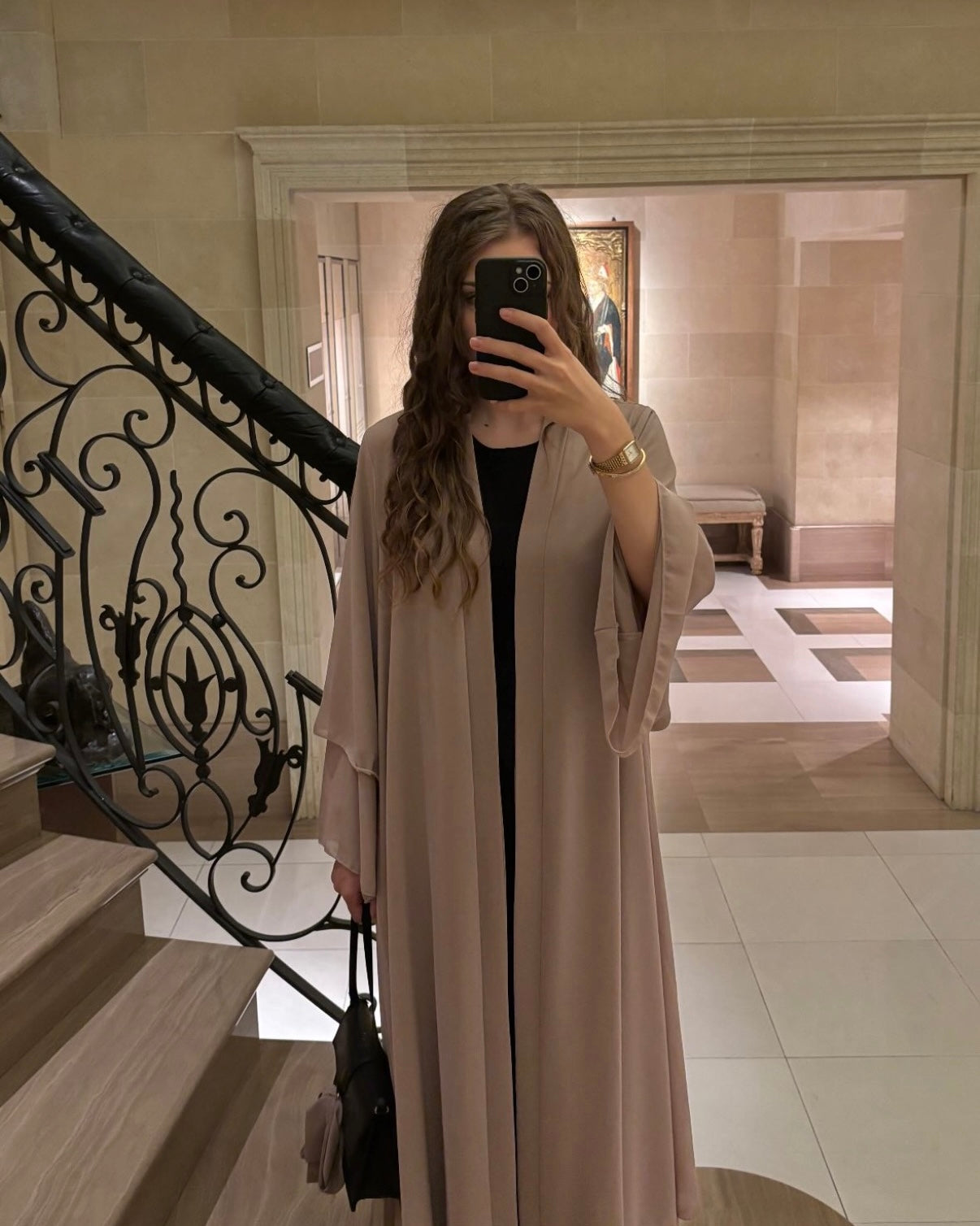
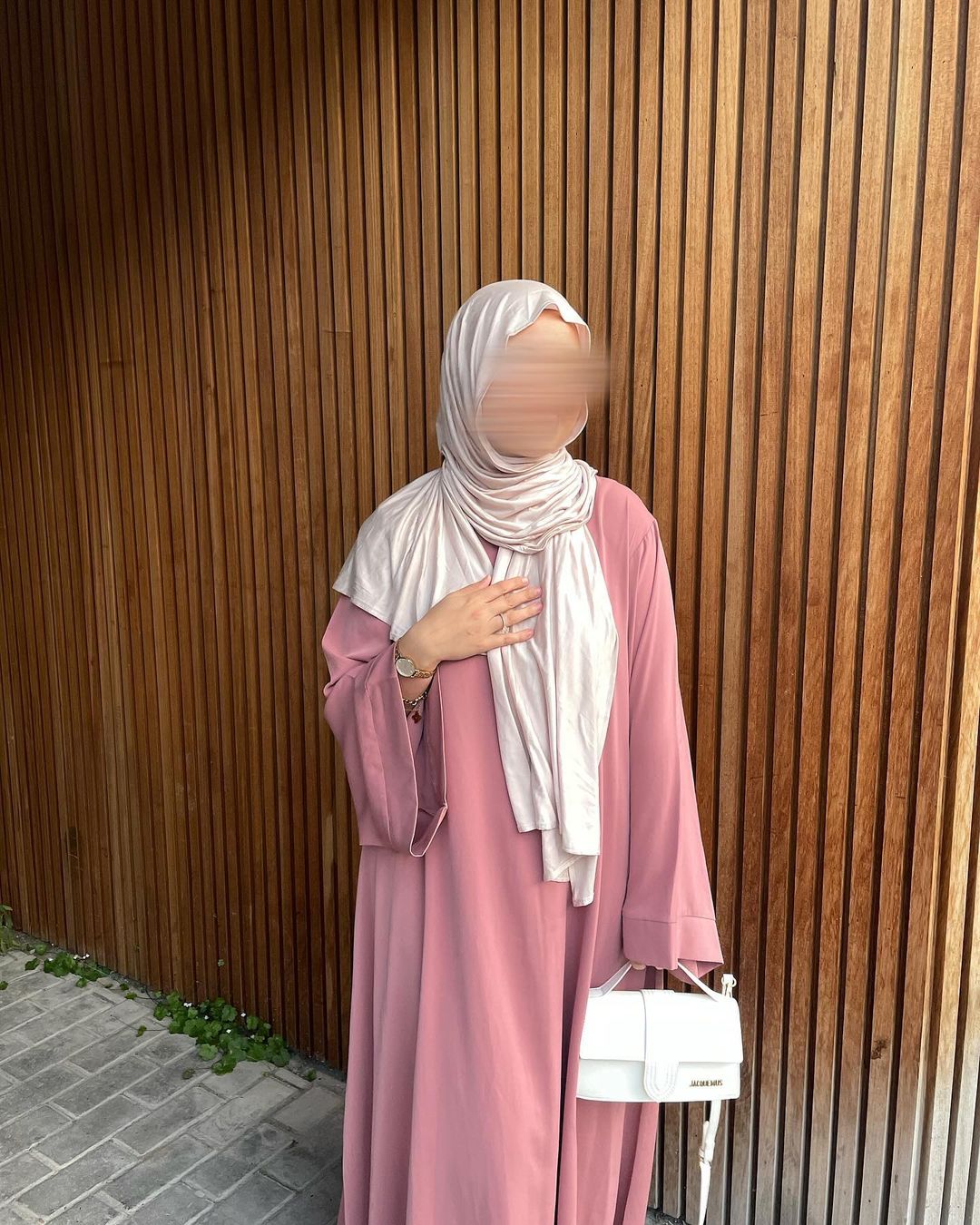



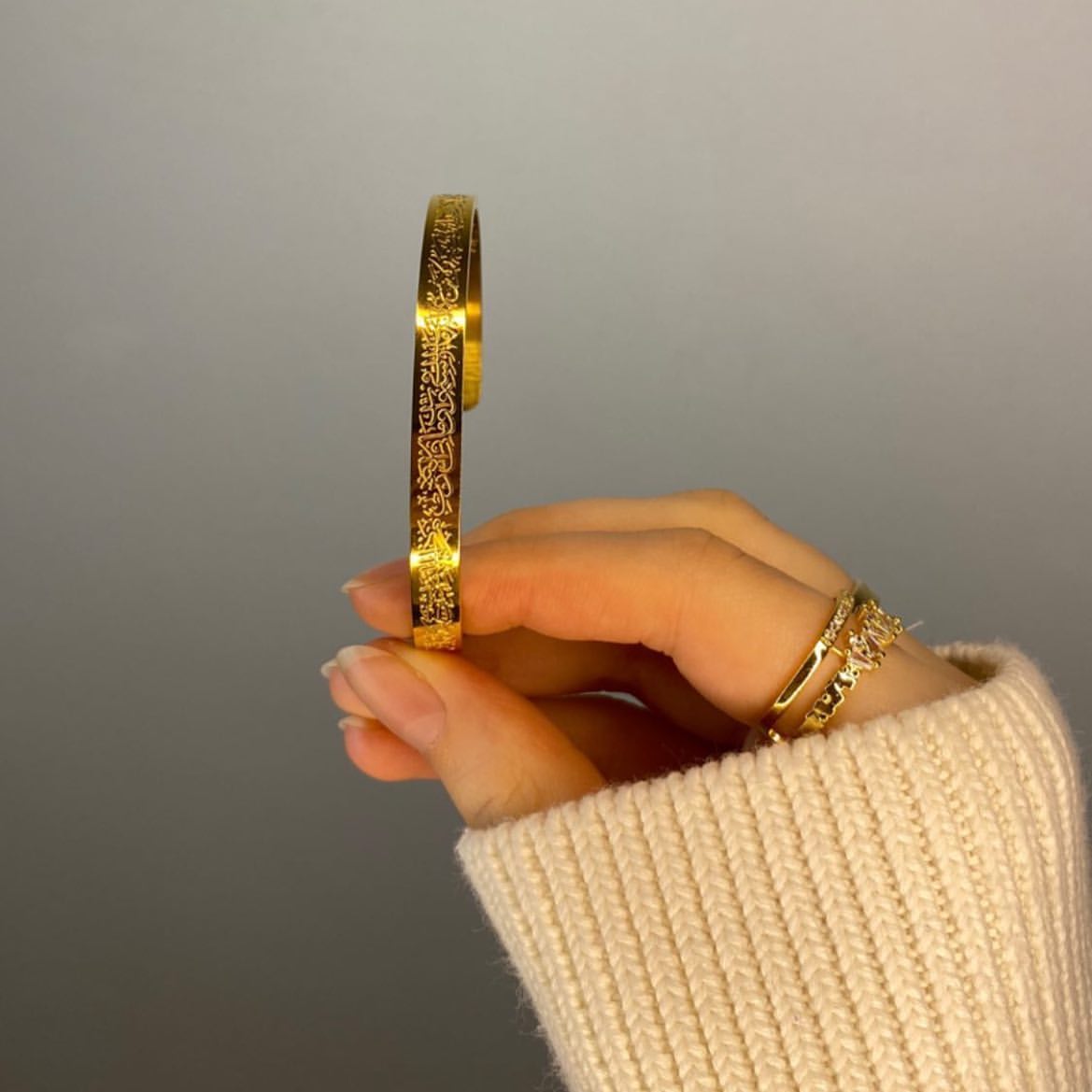
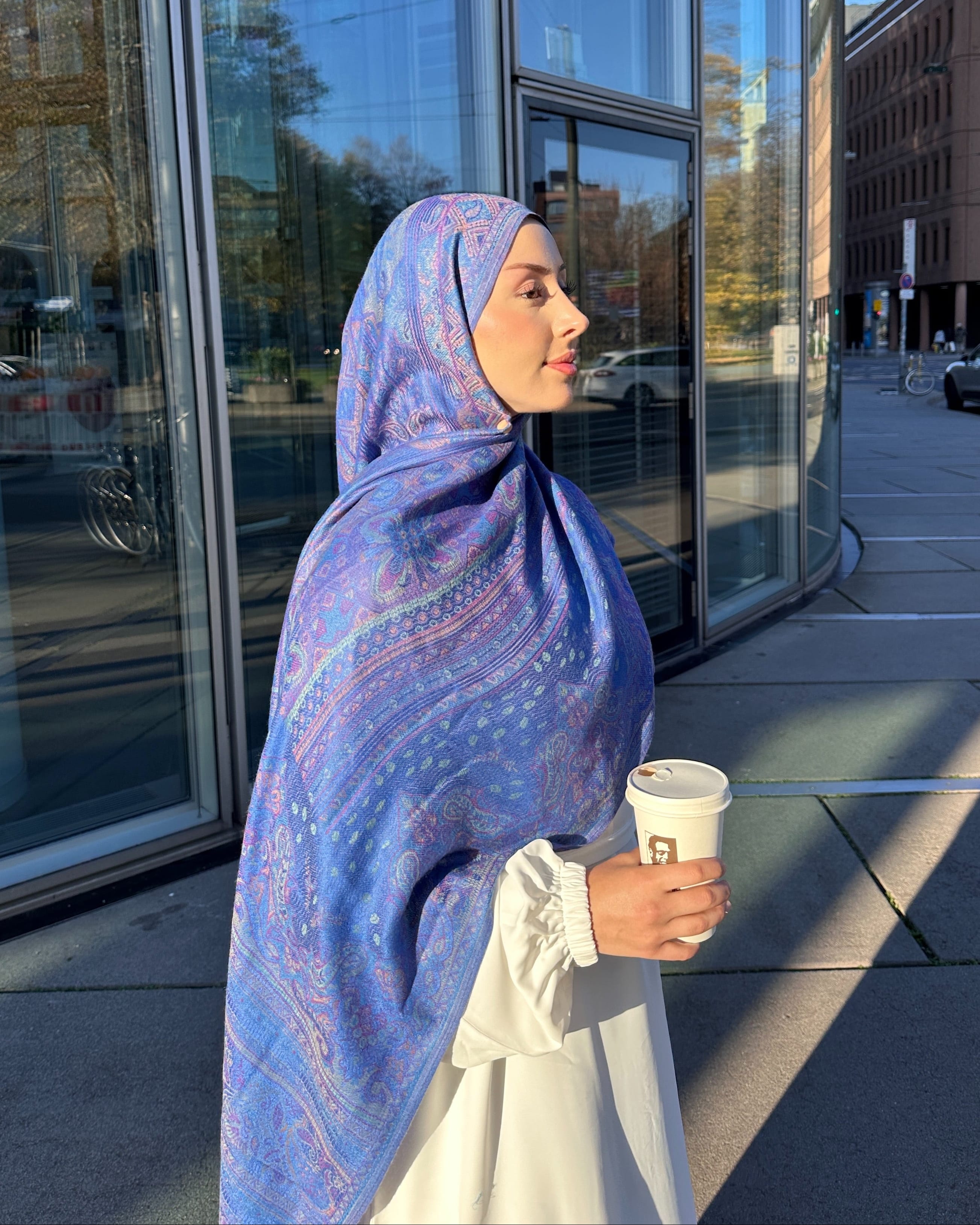
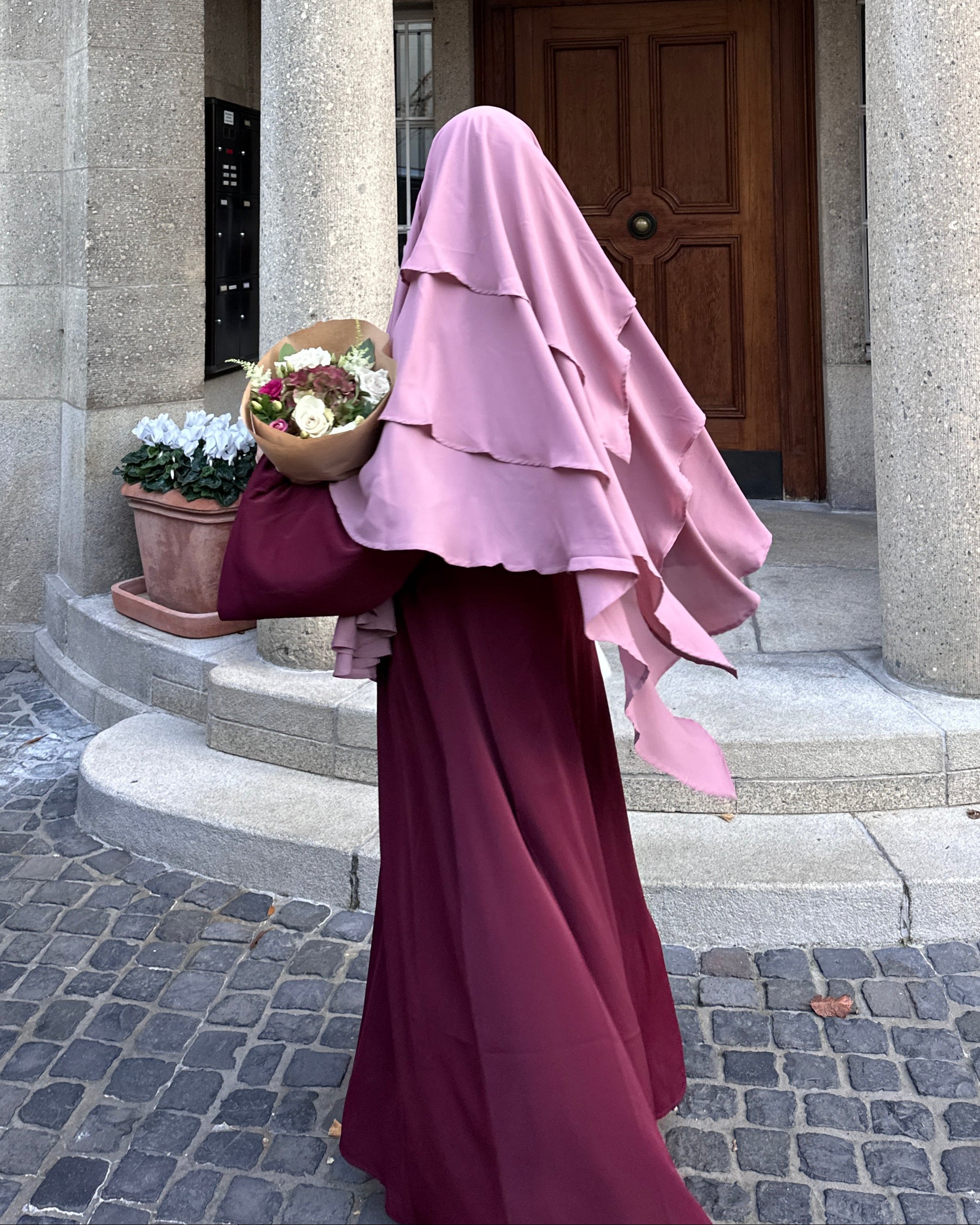


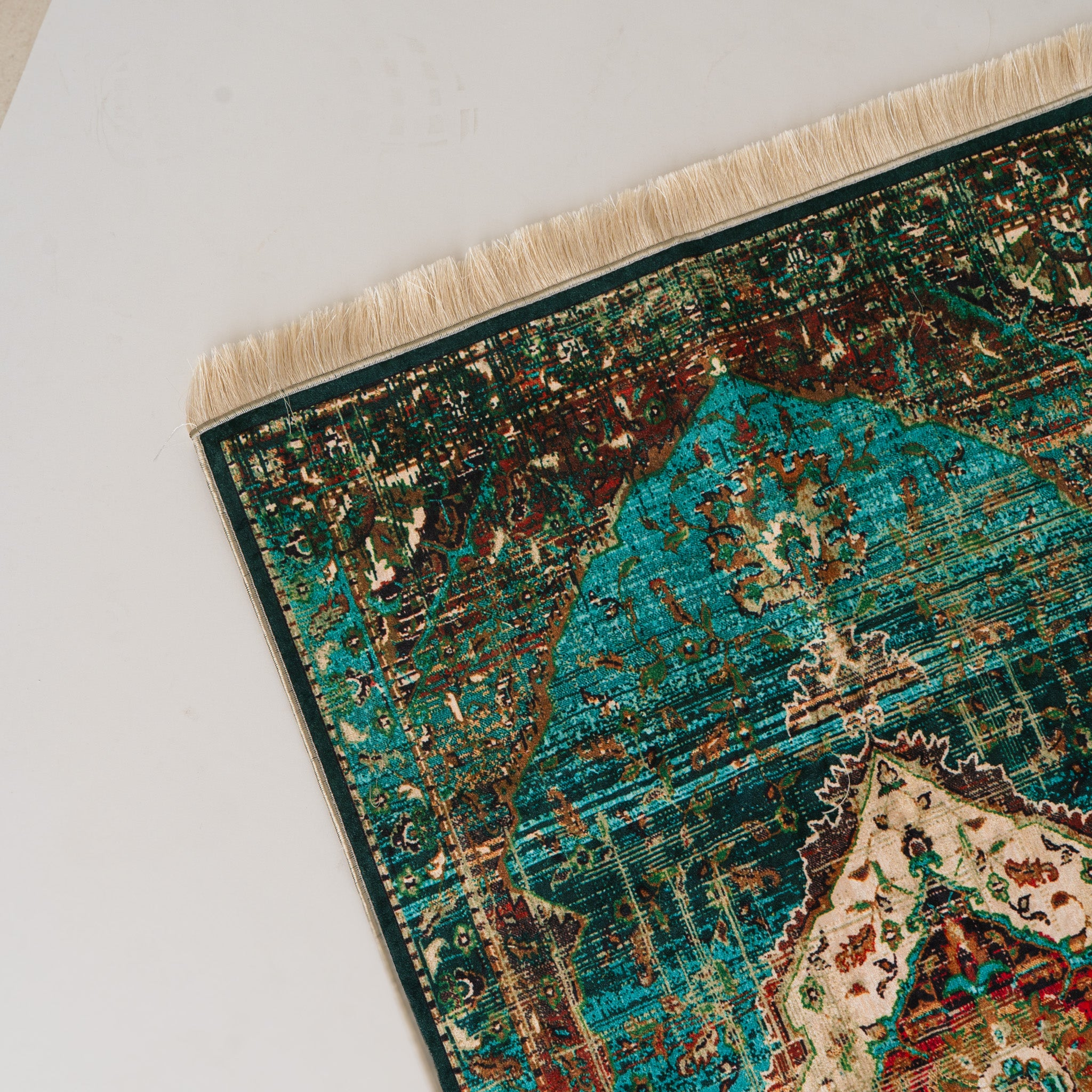

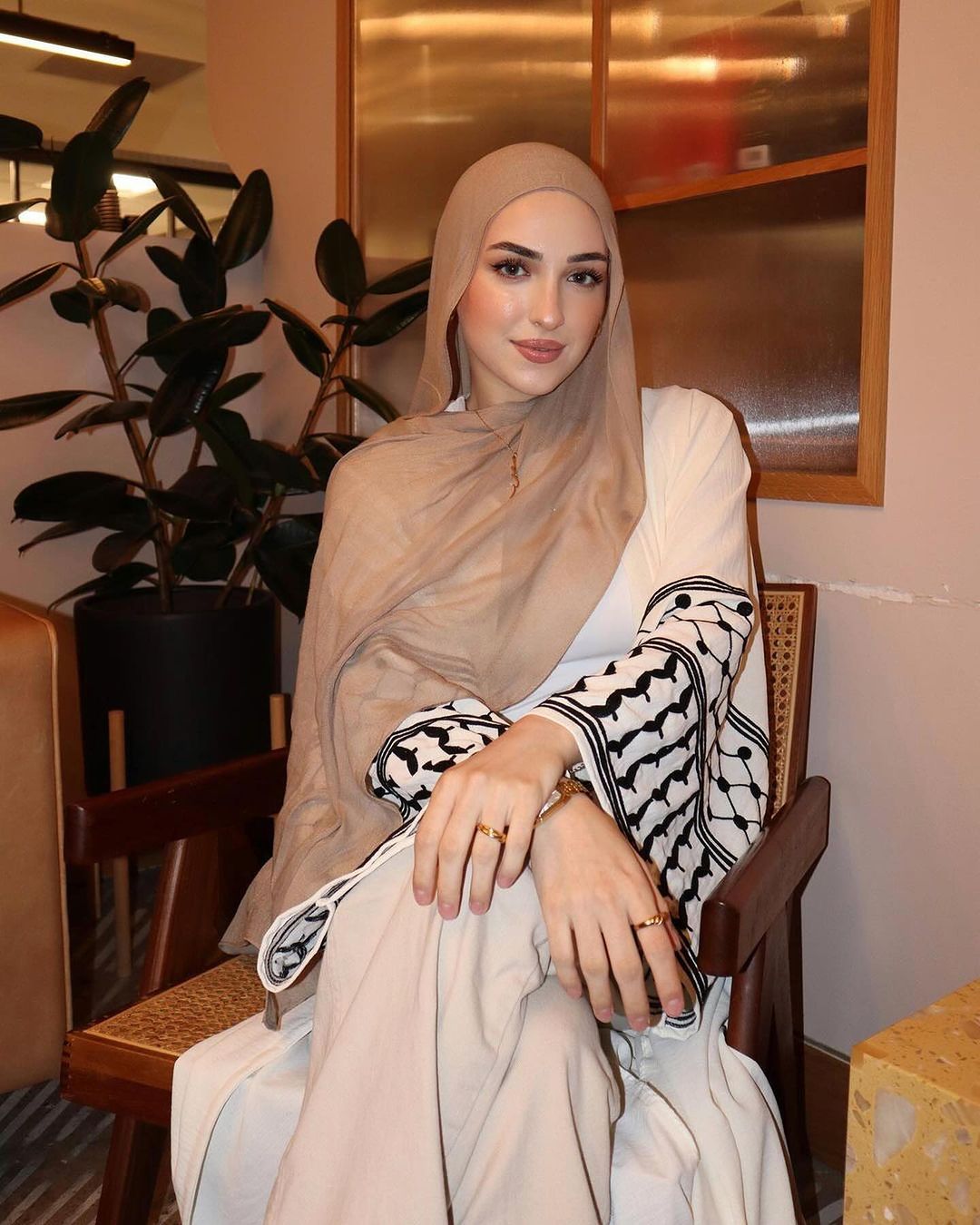
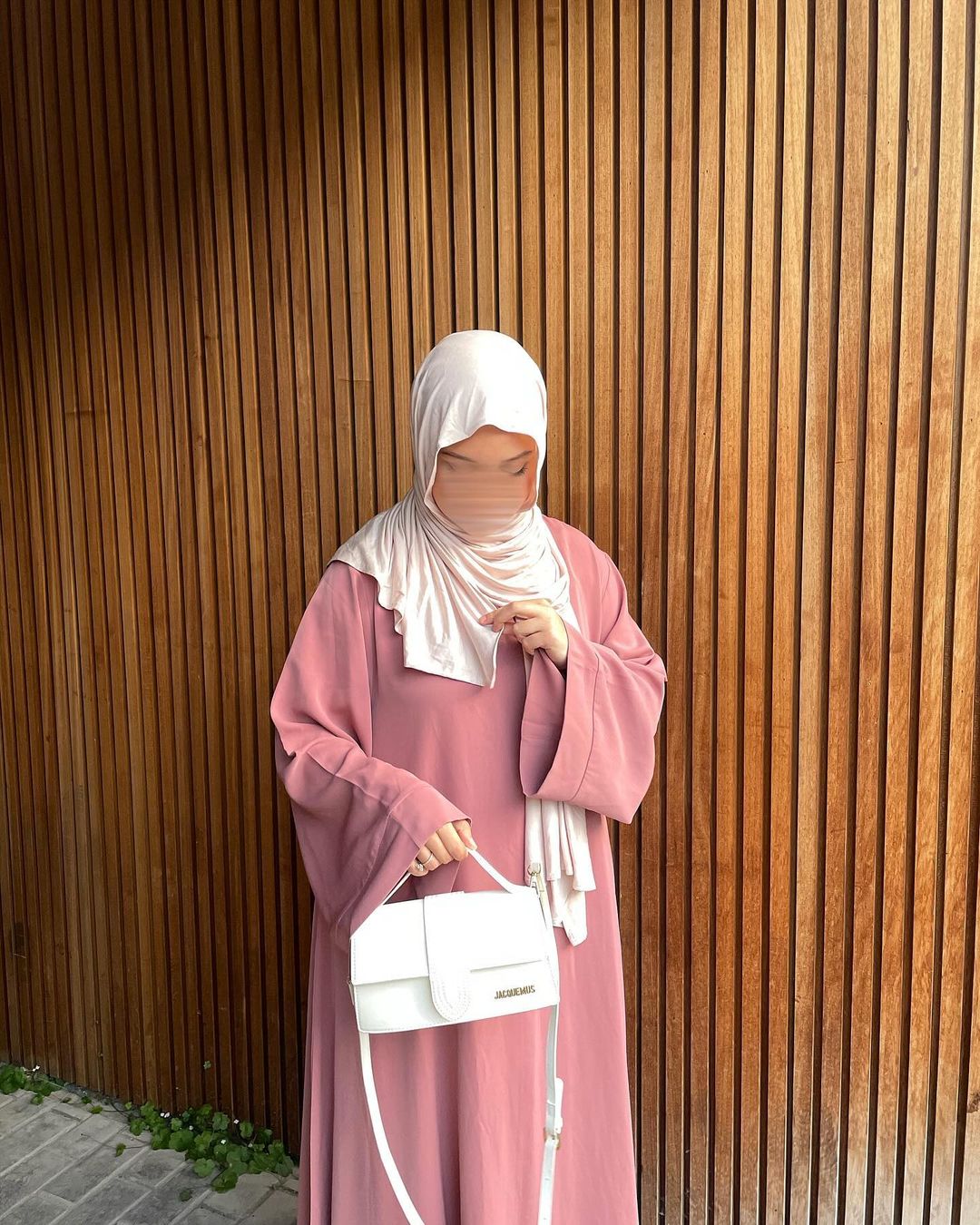
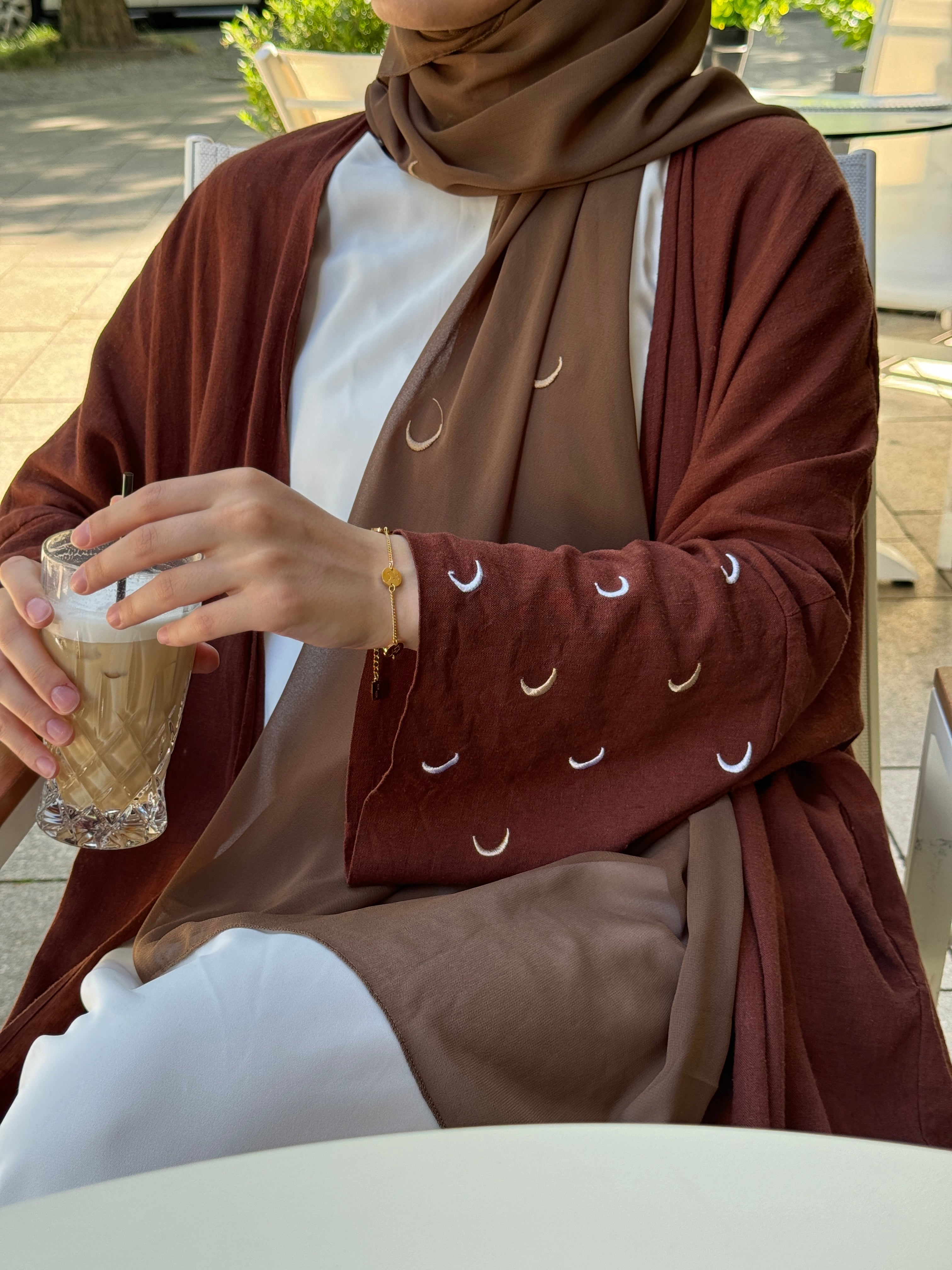
Leave a comment
All comments are moderated before being published.
This site is protected by hCaptcha and the hCaptcha Privacy Policy and Terms of Service apply.